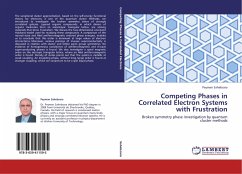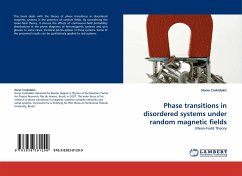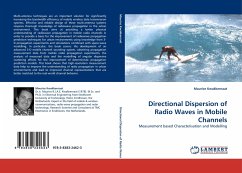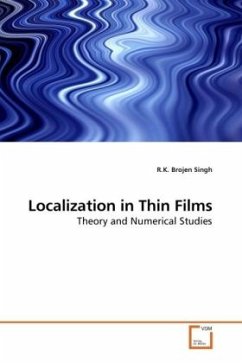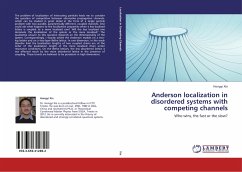
Anderson localization in disordered systems with competing channels
Who wins, the fast or the slow?
Versandkostenfrei!
Versandfertig in 6-10 Tagen
52,99 €
inkl. MwSt.

PAYBACK Punkte
26 °P sammeln!
The problem of localization of interacting particles leads me to consider the question of competition between alternative propagation channels, which can be studied in great detail in the form of a single particle problem with two parallel, parametrically different, coupled channels. One could ask what happens to the localization properties when a less localized lattice is coupled to a more localized one? Will the less localized one dominate the localization of the system or the more localized? The qualitative answer to this question depends on the dimensionality of the system. Correspondingly...
The problem of localization of interacting particles leads me to consider the question of competition between alternative propagation channels, which can be studied in great detail in the form of a single particle problem with two parallel, parametrically different, coupled channels. One could ask what happens to the localization properties when a less localized lattice is coupled to a more localized one? Will the less localized one dominate the localization of the system or the more localized? The qualitative answer to this question depends on the dimensionality of the system. Correspondingly, I exactly solved the Anderson models on a two-leg ladder and on a two-layer Bethe lattice. In one dimension, in the weak disorder limit the localization lengths of two coupled chains are of the order of the localization length of the more localized chain under resonance conditions. On the Bethe lattices, the less disordered lattice is not affected much by the more disordered lattice in thepresence of coupling. These trends are believed to be persistent in high dimensions.



